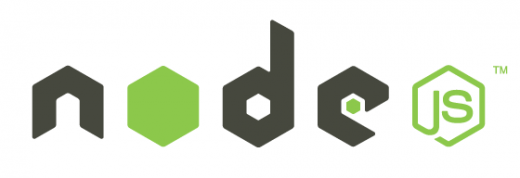node.js, socket.io, and redis: Beginners Tutorial – Client side
In the previous post I discussed the server side. This post will cover client side. The server side has a lot less code because it only worries about taking the requests and putting them into redis and then sending them back out. The client has the all the display logic. Let’s get started.
Socket.io The great thing about socket.io is that the client side is just as easy as the server side.



